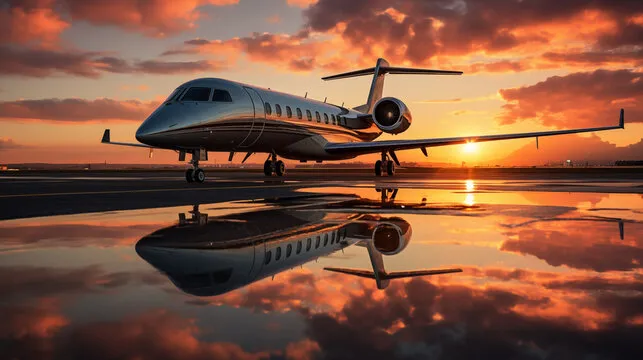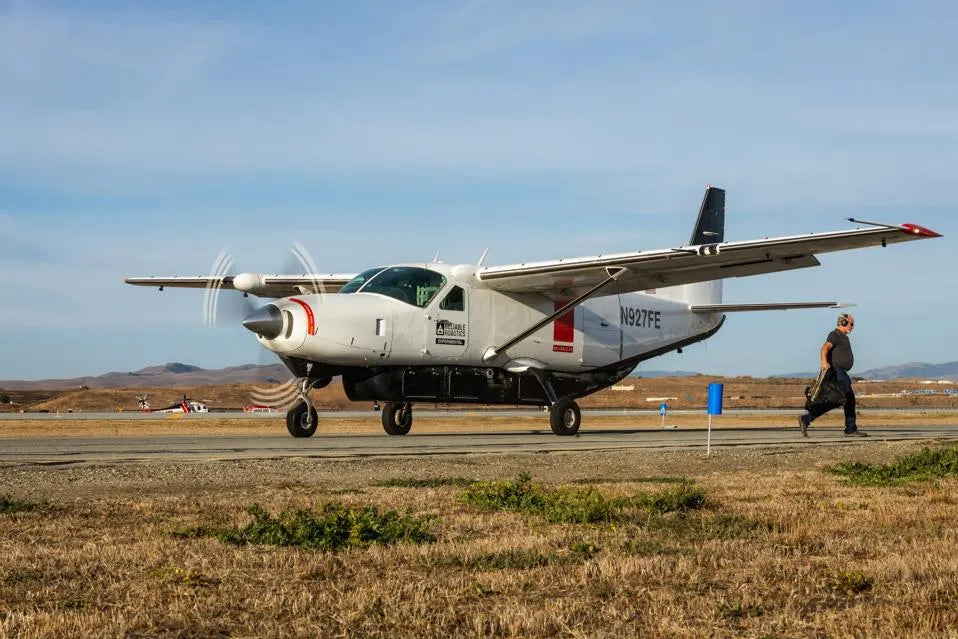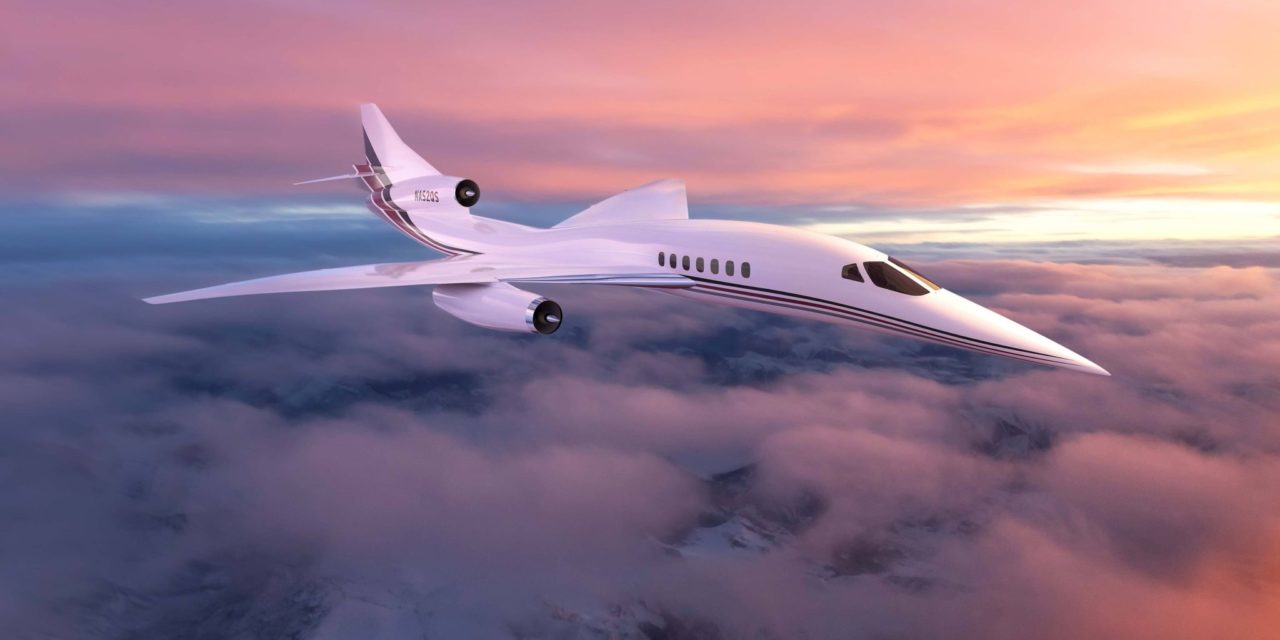
Future Trends in Air Transportation Technology: What to Expect by 2035
Discuss transportation is experiencing an exceptional change. As the world requests speedier, greener, and more brilliantly portability arrangements, the flying division is reacting with progressive progressions. From electric drive to AI-driven routes, the future trends in air transportation technology are set to rethink the way we travel, transport products, and connect with the skies.
Let’s take a profound jump into the groundbreaking advancements forming the following era of discussing transportation.
1. Electric Flying machine: Fueling a Economical Future
One of the most noticeable future trends in air transportation technology is the advancement of electric airplanes. Conventional fly motors depend intensely on fossil fills, contributing essentially to worldwide carbon emanations. Electric impetus offers a cleaner, calmer, and more cost-effective alternative.
Key advancements:
- Battery innovation: Companies like Eviation and Rolls-Royce are contributing intensely in high-density battery frameworks able to support territorial flights.
- Hybrid-electric drive: Combining routine motors with electric engines for longer ranges and lower emissions.
- Urban discusses versatility (UAM): Electric vertical takeoff and landing (eVTOL) airplanes are being created for brief intra-city travel.
This drift adjusts with the worldwide thrust toward zero-emission airplanes and more climate-resilient travel systems.
2. Independent Flight: The Time of Pilotless Aircraft

Autonomous innovation is no longer kept to ground vehicles. Flying monsters and new businesses alike are hustling to create independent airships, extending from ramble conveyance frameworks to full-sized commercial planes.
What’s changing:
- AI and machine learning calculations are moving forward, course optimization, and crisis response.
- Sensors and LIDAR are empowering real-time impediment location and situational awareness.
- Pilot help frameworks are advancing toward full independence, possibly lessening pilot weakness and human error.
Although administrative obstacles stay, independent flying machines are anticipated to end up more common in cargo conveyance, observation, and indeed traveler transport by the early 2030s.
3. Keen Discuss Activity Control Systems
As skies ended up busier, conventional discuss activity control (ATC) strategies are demonstrating deficiently. The future lies in savvy discussion of activity control frameworks fueled by AI, IoT, and progressed communication networks.
Emerging technologies:
- AI-driven decision-making tools that support conversation activity controllers in crowded skies.
- Radar is being replaced by satellite-based route systems (GNSS) to provide more precise air ship placement.
- Digital towers permitting further administration of littler airports.
These frameworks guarantee to diminish delays, upgrade security, and make strides in general airspace efficiency.
4. Hydrogen-Powered Flying Machine: A Clean Alternative
While electric airplanes are perfect for short-haul flights, hydrogen-powered airplanes are being investigated for long-distance courses. Hydrogen, when utilized in fuel cells, produces water as a byproduct, making it a compelling alternative for green flying technology.
Notable developments:
- Airbus has declared its ZEROe program, pointing to dispatch hydrogen-powered commercial planes by 2035.
- Several organizations are centering on creating hydrogen framework, such as fuel stations at airplane terminals and secure capacity systems.
Challenges like hydrogen generation, capacity, and air ship update are being tended to through universal collaborations.
5. Ramble Taxis and Urban Discuss Mobility
Urban clog and the request for speedier commutes are driving the improvement of discuss taxis and urban discuss versatility (UAM) arrangements. Companies like Joby Flying, Volocopter, and Lilium are driving the charge with battery-powered, VTOL-capable flying vehicles.
Benefits include:
- Reduced activity on the ground
- Shorter travel times over cities
- Lower natural affect with electric propulsion
These cutting edge transportation modes may rethink individual travel, changing housetops into landing cushions and cutting commutes from hours to minutes.
6. Manufactured Insights in Aviation
The integration of AI in flying is revolutionizing each viewpoint of the industry, from support to client experience.
Applications of AI include:
- Predictive upkeep to distinguish and settle potential disappointments some time recently they occur
- Personalized travel encounters through AI-powered virtual assistants
- Optimizing routes and fuel with real-time activity and climate data
By 2035, AI will be the foundation of brilliantly flying frameworks, making a difference aircrafts cut costs, making strides in security, and upgrading traveler satisfaction.
7. Hyperloop and Supersonic Comebacks

While not customarily categorized as discussing transportation, hyperloop frameworks and supersonic planes speak to high-speed options to currently discuss travel models. Supersonic airships such as Boom’s Suggestion point to cut long-haul flight times in half utilizing economical flying fuel (SAF). On the other hand, hyperloop ventures by Virgin and others may compete with territorial travel by advertising ultra-fast, low-emission ground transit.
Both innovations highlight the developing crossing point of discussing portability development and feasible transport.
8. Feasible Flying Fuel (SAF): A Transitional Fuel
While full zap is still a long time absent for long-haul flights, maintainable flying fills are a near-term arrangement to decrease emissions.
Why SAF matters:
- It can decrease lifecycle CO₂ emanations by up to 80%.
- It aligns with the current aviation and fueling infrastructure.
- By 2030, major carriers have promised to increase the use of SAF.
Biofuels, engineered powers, and waste-derived powers are all being investigated to control the skies reasonably amid this transitional phase.
9. Progressed Materials and Lightweight Design
Aircraft producers are presently investigating composite materials, carbon-fiber-reinforced polymers, and nano-engineered components to make planes lighter and more efficient.
Advantages include:
- Lower fuel consumption
- Greater extend and payload capacity
- Reduced wear and tear on engines
These developments are vital for both electric and hydrogen-powered planes, as weight is a key calculation in vitality efficiency.
10. Advanced Twins and Virtual Simulation
The concept of computerized twins—virtual models of physical flying machines or systems—is picking up energy. It permits engineers to mimic, screen, and optimize flying machine execution in genuine time.
Use cases:
- Simulating climate conditions and mechanical stress
- Optimizing flight operations and motor performance
- Enhancing preparing for pilots and support crews
This innovation diminishes dangers, moves forward security, and quickens the development cycle.
Read More:- the Best Fighter Aircraft
Conclusion: Forming the Future of Flight
The flying industry is at the brink of an innovative renaissance. As the request for cleaner, speedier, and more astute transportation develops, the division is grasping development at a phenomenal pace. From electric airplanes and AI frameworks to independent flight and economical powers, the future trends in air transportation technology are not as it were around getting from point A to B—they are around reclassifying how we interface, travel, and secure our planet.
As directions advance and speculations pour in, what once appeared like science fiction will before long end up our day by day reality. The skies of tomorrow are more astute, greener, and more associated than ever before.
FAQ’s:
Q1: Will electric planes supplant fuel flying machines soon?
Electric flying machines are appropriate for short-haul flights and may end up standard inside 10–15 a long time. For long-haul, cross breed or hydrogen choices are more feasible.
Q2: What is the role of AI in future aviation?
AI will control independent routes, prescient support, traveler involvement, and savvy discussion activity control systems.
Q3: Are taxis secure and when will they be available?
Air taxis are experiencing thorough testing and are anticipated to dispatch commercially in select cities by 2027–2030.
 The Defence Blog
The Defence Blog